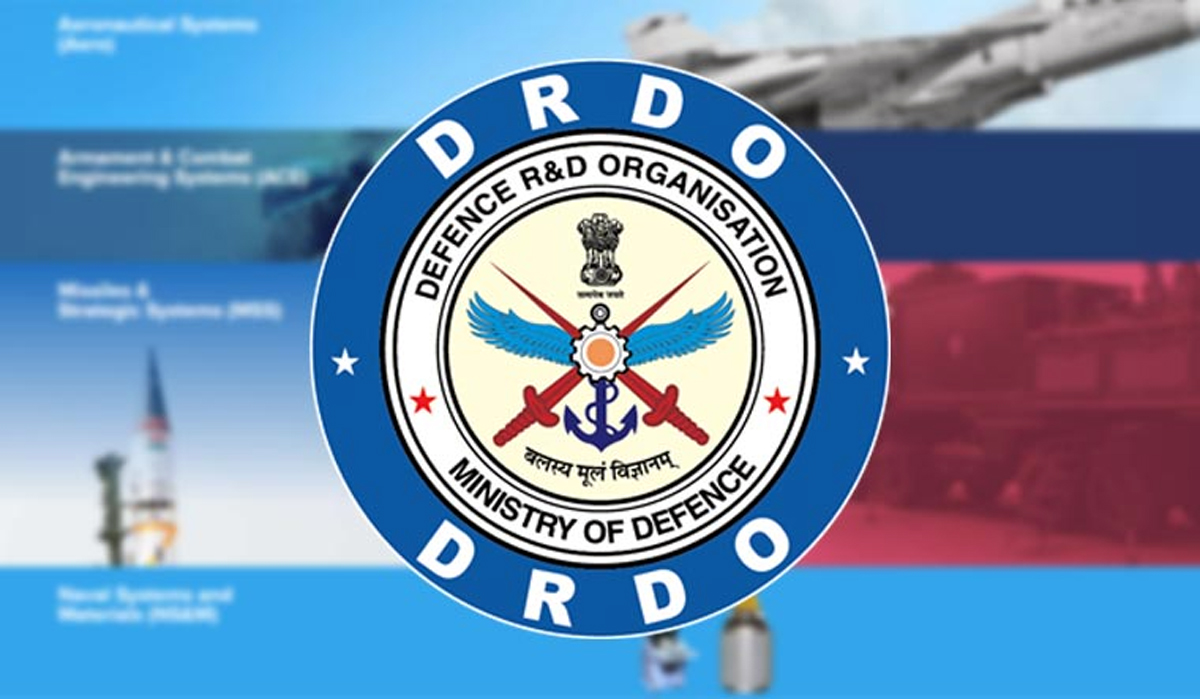India has been taking several steps to strengthen its defence preparedness, but there is still room for improvement in areas such as defence procurement, indigenous defence manufacturing, and coordination among different agencies. For India’s self-reliance in defence, efforts are on to reduce dependence on foreign countries by developing and producing indigenous defence technology and equipment. The Make in India initiative, launched in 2014, aims to make India a global manufacturing hub and attract foreign investment to boost domestic production. The Defence Procurement Policy (DPP) was introduced in 2016 and it mandates that a certain percentage of the equipment used by the armed forces should be procured from Indian manufacturers. The strengthening of DRDO has yielded dramatic results, as several defence systems, including missile systems, radar systems, and electronic warfare systems, have been developed by DRDO recently. Earn foreign exchange from defence exports and use it to fund further research to develop better weapons.
India’s main confrontation is with China now. China has the world’s largest standing army, while India has the second-largest active personnel. China also has a larger air force and navy than India. China has a significantly larger defence budget than India. Both India and China possess nuclear weapons, and both countries have a nuclear deterrence posture. Both countries have been strengthening their military presence along the border. China is the world’s largest exporter of arms, while India is still in the early stages of developing its defence export capabilities. The comparison may seem to be tilted towards China, but ultimately it is the men behind the machines who decide the war, and India has a clear edge on this front. The Indian Army is battle-toughened with the ultimate experience in the highest battlefields, counterterrorism, and regular warfare, and is, in fact, one of the best in the world.
The world order is fast changing as conventional wars are too costly to practically bear. New and emerging security threats are constantly evolving, driven by advances in technology, changing geopolitical dynamics, and socio-economic factors. Drones are one of the main perceived threats, as they can be used by terrorists or other malicious actors to carry out attacks, gather intelligence, or disrupt critical infrastructure. In recent years, drones are being used for illegal activities in India, including smuggling drugs and weapons across the border. With increasing reliance on digital technology, cyber attacks have become a significant security threat. Cyber attacks can target critical infrastructure, financial institutions, Government agencies, and businesses, causing significant disruptions and financial losses. The misuse of AI can also lead to significant security threats, such as the development of autonomous weapons and self-gathered intelligence. Terrorism remains a significant security threat, with terrorist groups using increasingly sophisticated methods and technologies to carry out attacks. Another area of concern is the increasing use of space technology for military, commercial, and scientific purposes. The development of anti-satellite weapons, space debris, and interference with satellite communication are among the emerging space security threats. The COVID-19 pandemic has highlighted the threat posed by biological agents. Biological threats can be caused by natural outbreaks or deliberate attacks and can have significant health, economic, and social consequences.
All of these are genuine threats to India. Prime Minister Modi has rightly asked the defence forces to be prepared for any eventuality. Theaterization is the most important aspect that seeks to integrate the capabilities of the three services and optimally utilise their resources for wars and operations. CDS has been put in place to oversee this. The defence forces, with the active support of the Government, are prepared for any eventuality. Indigenization and modernization have been the hallmarks of the last decade. Our preparedness has increased manifold, but threats are still there. Be ‘Ready, Resurgent, and Relevant’ is the way forward for defence preparedness. India has changed and is confident enough to handle any situation.
Trending Now
E-Paper


